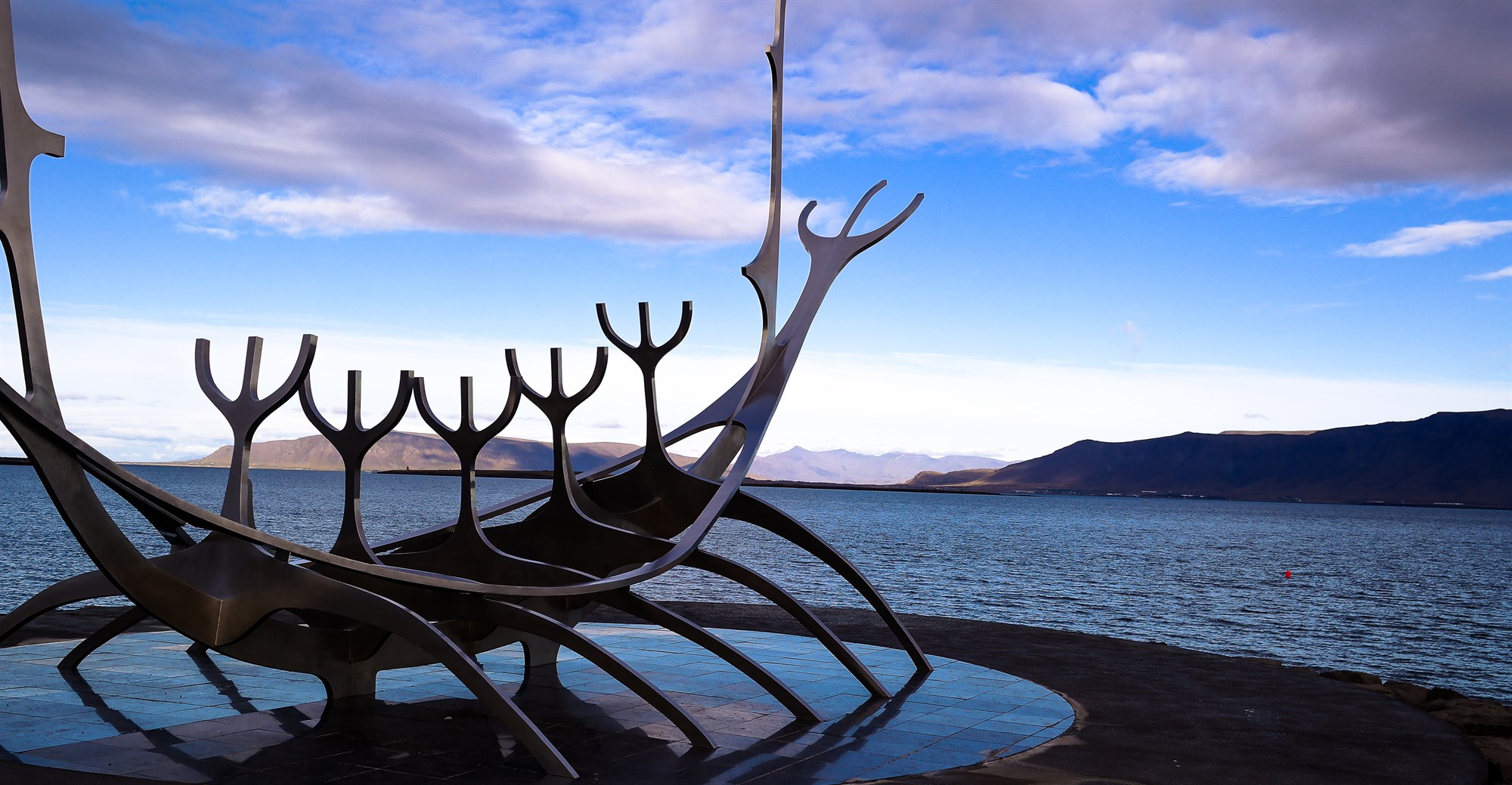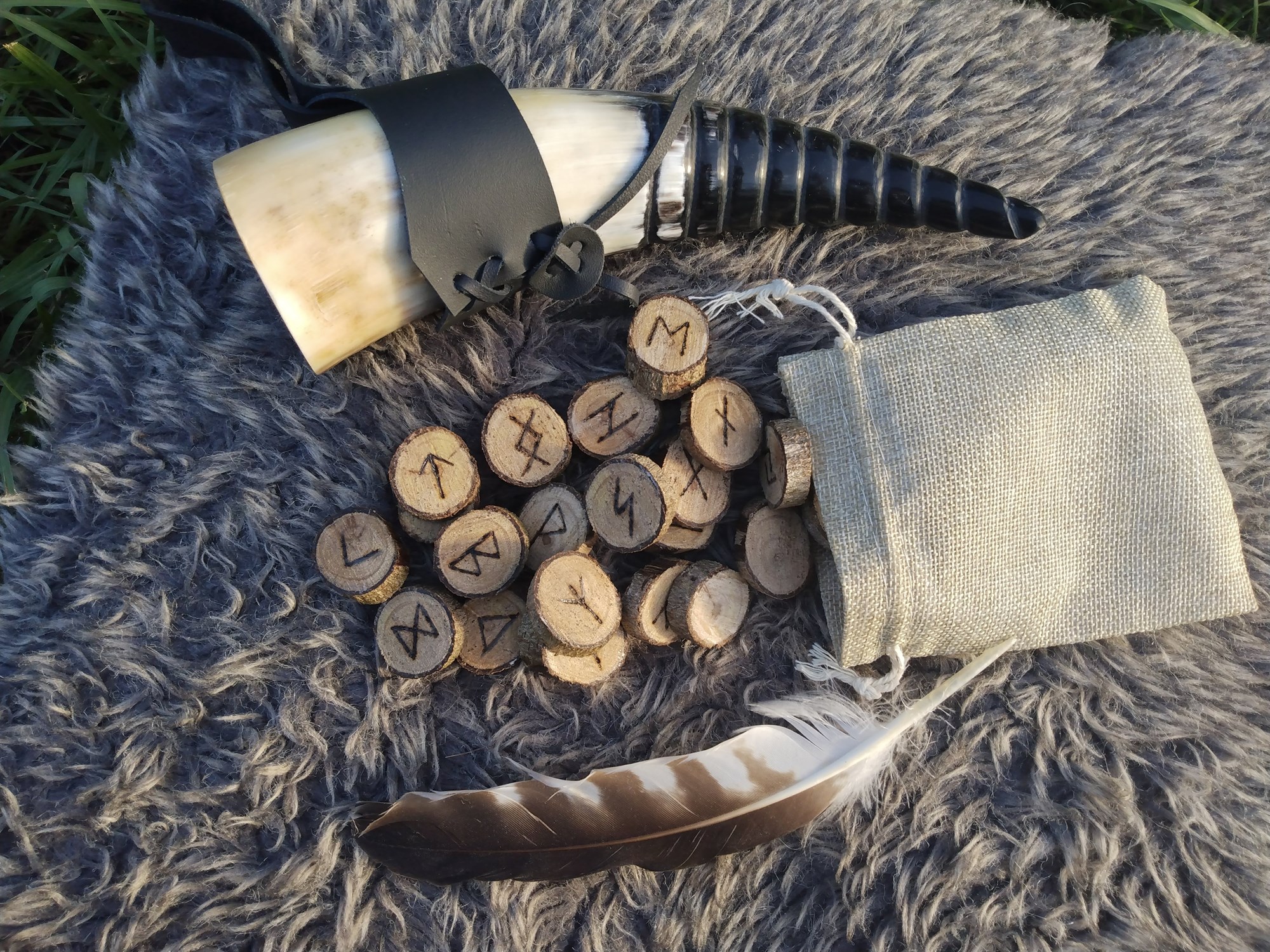This website uses cookies to help you browse on the website/ web. By using the website you agree on our policy on cookies.
Close
Iceland and Vikings
The words “Iceland” and “Viking” seem to go hand in hand. From enthralling folktales and mythology to the true history behind the settlement of Iceland, the land of ice and fire and the profound symbol of adventure and chaos seem attached forever.
If you’re planning to visit Iceland, it’s worth spending some time while you’re here taking in some of the more cultural and historical sites linked to the Vikings. Settle in with a horn of mead and explore Vikings in Iceland’s history, the present day, and more interesting facts.
Are Icelanders Vikings?
While most modern-day Icelanders wouldn’t identify as Vikings, the vast majority of them are likely to have descended from them. It’s important that we look at the actual definition of the word Viking. Contrary to popular belief, the Vikings were not a race of people, in fact, there were Danish Vikings, Swedish Vikings, Norwegian Vikings and so on. The actual definition of a Viking is as follows:
n.: any of the Scandinavian pirates who plundered the coasts of Europe from the 8th to 10th centuries.
So, to be a Viking was more of a job or a way of life, not a race or ethnic group. For this reason, today’s Icelanders would not be considered Vikings, unless, of course, their day job consists of pirating and plundering.

Iceland’s Discovery
Viking explorers typically get the credit for being the first people to discover and settle in Iceland. In reality, prior to Viking settlements, Iceland was actually inhabited by Irish monks. However, by the time the Vikings arrived, the monks had long since abandoned their post on this North Atlantic island.
According to resources, it’s likely that the first permanent Viking settler in Iceland was Ingólfr Arnarson. Ingólfr sailed from Norway and settled with his family on the site that became Reykjavik in the year 874CE. Over the subsequent years, more and more Norse people from a variety of locations, including Norway, Sweden, Finland and Denmark came to settle in Iceland.

Viking Sites in Iceland
There are a number of fascinating Viking experiences and historical sites in Iceland, as well as some museums that explore the country’s Viking history. Here are a few of our top recommendations.
The Hrafna-Floki Settlement
Located in the Westfjords, these ruins are the site of a sad tale and the place where Iceland gained its name. Hrafna-Floki was a Norse settler who chose to make his home at this site in the Westfjords. Unfortunately, he underestimated how harsh the weather was in the region and after his farming attempts failed as a result, he had to abandon the site. According to legend, as Hrafna-Floki took one last look out across the harsh landscape, he uttered the word “Iceland,” thus bestowing the official name upon the country.
At the site, you can see the ruins of his farm as well as the foundations of a traditional Viking longhouse.
Thingvellir Parliament
Located in the heart of Thingvellir National Park is a fascinating part of Iceland’s Viking history. The park is actually named after the site of Thingvellir, which is where ancient Icelanders held their parliamentary meetings. Chieftains from all over Iceland would visit Thingvellir once each year, during the summers, beginning in 930.
These meetings are what laid the foundations for the country that would one day become modern Iceland. When visiting the National Park, you can still visit the site where these gatherings were held today.
The Viking Village
If you’re keen to experience what life as a Viking for early Icelanders may have been like, there are a number of places where you can do this. One of the most popular and best-rated is The Viking Village, which offers Medieval themed accommodation and restaurants. One of the restaurants, Fjörugarðurinn, has been designed in traditional Viking style and serves a traditional Viking feast whilst you’re surrounded by entertainment that is true to the era.
If you’d like to book such an experience, you can visit The Viking Village website.
Back